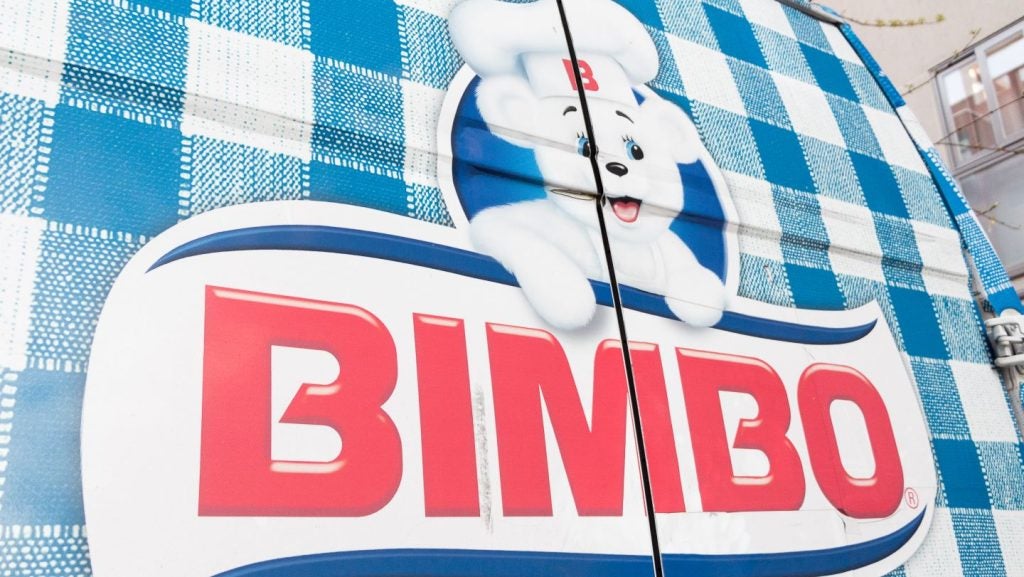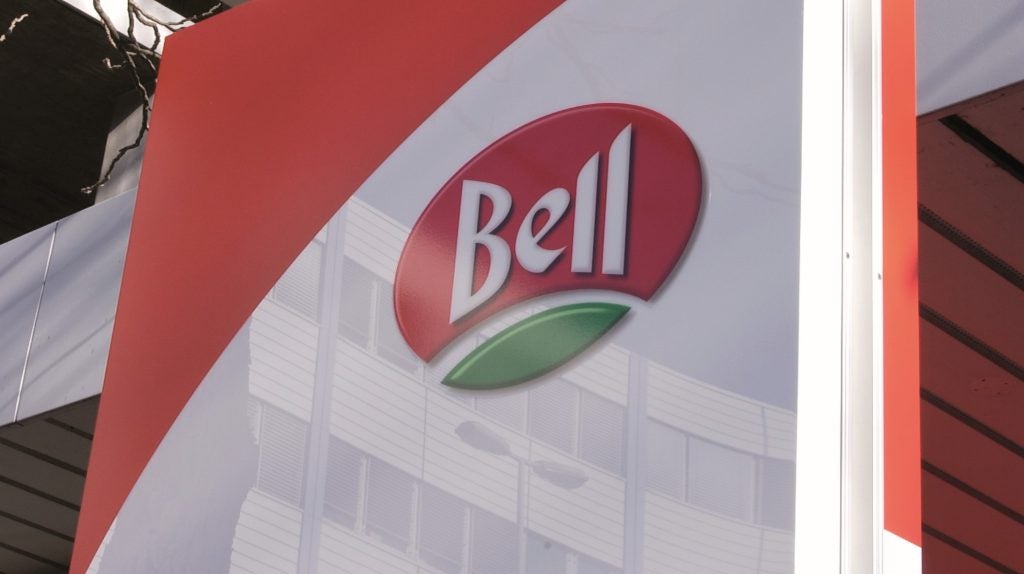Kraft Foods chairman and CEO Irene Rosenfeld was again forced to defend the company’s plans to split in two after it reported higher quarterly sales and profits.
In August, Kraft announced plans to split into two listed companies consisting of a North American grocery business and an international snacks firm, a move which divided opinion among industry watchers.
Yesterday (2 November), Kraft booked an operating income of $1.7bn in its third quarter, up from $1.5bn in the same-year period in 2010, prompting analysts to question why Kraft was embarking on the move.
Chairman and CEO Irene Rosenfeld was asked why, considering the current strength of the company, it is forging ahead with the split.
As Eric Katzman, of Deutsche Bank, put it: “If things are going so well, why are we going through all of this?”
See Also:
Rosenfeld said: “We are doing this from a position of strength. Our business has never been healthier around the world.
How well do you really know your competitors?
Access the most comprehensive Company Profiles on the market, powered by GlobalData. Save hours of research. Gain competitive edge.

Thank you!
Your download email will arrive shortly
Not ready to buy yet? Download a free sample
We are confident about the unique quality of our Company Profiles. However, we want you to make the most beneficial decision for your business, so we offer a free sample that you can download by submitting the below form
By GlobalData“But we do see two very distinct portfolios between our global snacks business and our North American grocery business. They’re different brands, they have different profiles, they have different margin structures.
“We really believe the opportunity to address their different selling needs [and] their different routes to market can create greater value for each of those businesses independently, than we would be able to create together.”
Barlcays Capital analyst Andrew Lazar concurred. In a note to clients, he said: “We continue to see value in the strategic split of the company, as it should clearly define each business’ reason for being, allowing the company to capitalise on the growth opportunities at Global Snacks and the margin expansion opportunities at North American Grocery.”
Kraft had other good news for the quarter. Investments in new products and advertising enabled the company to take the necessary pricing to offset increases in raw material costs, while Bernstein Research says Kraft is likely to see 50-60 basis points of operating margin expansion over the next “several years”.
Combine this with growth in North America, Europe and, most significantly, developing markets and the future looks good for Kraft as raw material costs look set to steady, says Bernstein senior analyst Alexia Howard.
“The results today confirm our thesis that the timing looks good for Kraft here, as the company has likely seen the peak of commodity cost pressures this quarter, and sales growth is strong,” she added.
In the conference call, Kraft CFO David Brearton was less optimistic when questioned asked about the future of raw material costs.
“There’s no question that the consumer environment remains difficult and input costs remain high for everybody, neither is likely to change any time in the near future”, he said.
“For the full year, we expect input costs to increase in the low teens versus 2010. That means we’ll have another meaningful increase in costs in the fourth quarter. And as we look into 2012, costs will likely be up again at least through the first half of the year.”
Lazar said Kraft should be able to alleviate cost pressures as it continues to benefit from Cadbury-driven cost synergies.
However, Howard warned it may not all be plain sailing for the company as private label continues to gain share in the US.
She added: “Increasing penetration of private label presents a risk to our view of the company and its target price. In many of Kraft’s key categories, the market is so concentrated it essentially boils down to its own brands and private label. There is therefore no ‘mid-tier’ of smaller players for private label to squeeze out.”
For the full transcript of the conference call please go to Seekingalpha.com







